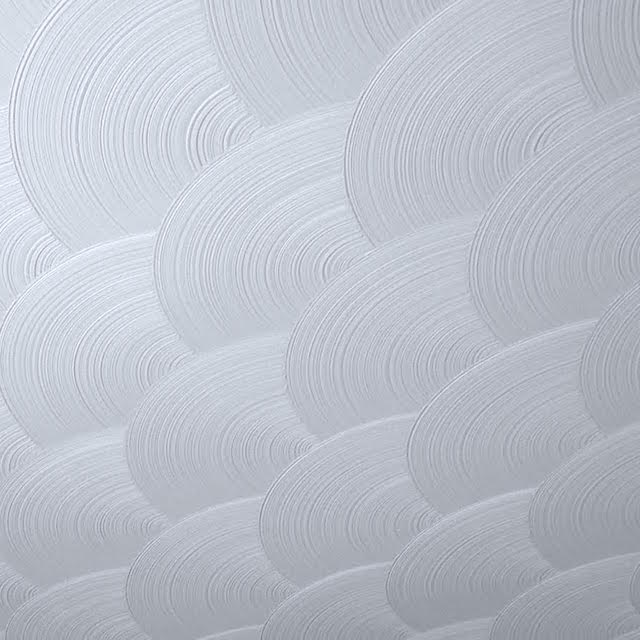
The other tools Mauro used for the job, including the drill with the mixing bit, taping knife, hawk, and drop cloths, can all be found at home centers.Įxpert assistance with this segment was provided by Mauro’s Painting. Mauro thinks this product works well in this application because it dries in a reasonable amount of time while still giving you a little flexibility to really work with it and apply it smoothly to the ceiling. Mauro used Sheetrock Easy Sand 45 joint compound, which is manufactured by USG. Generally the pattern moves across the ceiling as a. While a step ladder works fine for this project, Mauro finds it’s much easier and also safer to use staging to reach the ceiling. A swirl texture, as its name implies, leaves a swirled pattern of half circles across the ceiling. If you mix 2 different brands, it might dry in 2 different shades of white. If you are going to do a mud swirl on your ceiling and you dont want to paint it, make sure to use all the same brand of joint compound.

It dries pure white and looks great even unpainted. While scraping a textured ceiling is a common tactic to achieve a flat ceiling, Mauro suggests that in some cases, it’s a lot easier to smooth over the texture with joint compound than to scrape it off. Mud Swirl Is the top shelf, most expensive drywall texture out there. Mauro recommends a flat, white paint for the ceiling. After the sanding, the ceiling will be ready for paint.After 24 hours, lightly sand the ceiling using 220-grit sandpaper.It shouldn’t take more than two to three coats. Repeat this process until all the low spots are filled in and the ceiling is flat.Wait roughly 45 minutes for the first coat to dry.This technique requires multiple coats, so don’t feel the need to fill in all the low spots on the first pass. Scoop a small amount of the joint compound off the hawk using the taping knife, and then apply it in thin, smooth coats over the textured ceiling.
#Swirl ceiling texture plus
Plus creating border edges effects and center light piece resembling ceiling medall.

However, a semi-gloss or gloss paint on the ceiling usually detracts too much from the design intended for the rest of the room. The extra sheen helps to bring out the pattern. The large picture above shows a swirl texture with a semi-gloss paint.

Once dry, you can apply a good quality primer and flat white paint or whatever color you prefer. Once the pattern has been created, there is nothing more to do but wait for it to dry. The length of the brush will determine the diameter of the circles created. Some tradesmen have used the bristles from an old ice scrapper. Once the mud has been applied in a thin layer on the drywall, the swirl pattern is created with a medium bristle brush. This ensures an even pattern and distribution of swirls across the ceiling. It is helpful to first lay out the direction and distance of swirls desired before starting. Step 4 - Plan the pattern before you beginĬare must be given to overlapping the circles in such a pattern that no bare spots remain.

For larger jobs a heavy duty airless paint sprayer is used to spray the mud onto the surface of the drywall. Generally a tradesman will roll the mud on to the ceiling with a paint roller using a heavy nap roller cover. Step 3 - Apply a thin layer of drywall mud evenly The consistency of this mud is thinner than any other mud used in the drywall taping and finishing process. The drywall mud needed for swirl texture must be thinned considerably. Swirl texture will not cover many imperfections so all pockmarks, humped seams, and tool marks need to be removed before applying swirl texture Step 2 - Mix the Mud A light sanding is needed to remove any large imperfections. To produce a swirl texture the drywall surface must be prepared well. If you are going to do a mud swirl on your ceiling and you don't want to paint it, make sure to use all the same brand of joint compound. Click on the image below for a larger picture Step 1 - Prepare the surface well Mud Swirl Is the top shelf, most expensive drywall texture out there.


 0 kommentar(er)
0 kommentar(er)
